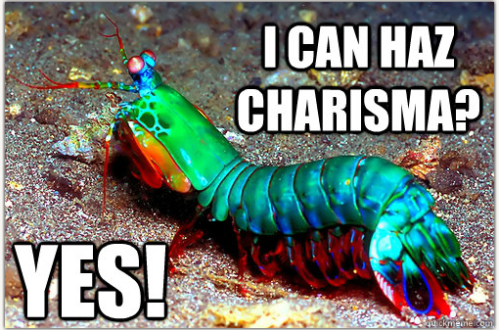I was glad to see the following article published by Science Magazine come across my news feed this week: Criticism builds against Ph.D. careers firm Cheeky Scientist, though I confess it seems far too little too late.
Cheeky Scientist is a company the bills itself as a magic bullet for transitioning Ph.D. graduates into industry jobs. It draws on the charisma of its cult-leader-like CEO Isaiah Hankel, and preys on academics when they are at their weakest. What do I mean by that? Well… in my experience, there are two flavors of academics who leave academia. The ones that plan to, and the ones that are motivated to by coming to the conclusion that their desired career path in academia is unsustainable. I consider myself in the latter camp. I always wanted to pursue an academic career, but I reached a point that it was no longer a viable, sustainable option.
For people in the latter camp, leaving academia is traumatic. If you’ve done a Ph.D., the odds are good that your field is all you’ve ever known. You’re not trained to believe you can do anything else, and you are frequently sold a false sense of security–that you will be able to continue in your field along a career path that is sold as a ladder, though it is in actuality more like a drug cartel: a growing number of low-level early career academics drudging away for an increasingly rare number of promising academic positions.
Imagine, if you will, that mindset. You decide that you need to leave academia, even if you don’t really want to. You have no experience in looking for industry jobs, your heart isn’t in it, and you’re drowning in your own sense of grief and loss, because your field was your identity. You don’t know what to do, what skills you have, or your own worth. And then, like a white knight, Cheeky Scientist swoops in. Promising to get you into a solid industry career in a short period of time, validating your worth. It sounds too good to be true, because it is.
When I chose to leave academia, it was one of the lowest points of my life. I had no idea what I was going to do, how I was going to do it, and I felt like I was betraying my own sense of self. It was in this dark place that I saw the cheery marketing for Cheeky Scientist, and clicked the link to “Schedule a free transition call”. I don’t remember how long it was between clicking and the call, but it couldn’t have been more than a few days.
Thankfully for me, on the day of the call, my partner at the time was in the apartment and I wasn’t using headphones. It started with a higher level recruiter type person listening to my story, what I wanted to accomplish and what my experience was. The man thought I would be a good fit for the Cheeky Scientist program, and kept propping up Isaiah Hankel’s one-on-one mentoring as a gateway to a successful career. Everything was framed as dependent on this one man’s personal network. He introduced the Diamond Program, and refused to tell me how much it cost at first. “How much would you pay to land a $90,000 salary position in 6 months?”. It was about at that point that “Oh, I wasn’t sure if he would be able to join us, but Isaiah can join the call.”
At this point, alarm bells were going off in my head by the dozen. My partner was standing just out of my web-cam’s view, looking absolutely horrified. Hankel again validated my abilities, promised he could get me a job (through his power alone). And they said that it would cost a mere $10,000–but for me, they could discount it to $5,000 if I joined that day. I started to back pedal– that’s a TON of money. “I have to talk to my partner about it” (literally looking for any excuse to back out of the conversation at that point). “Do you always talk to your partner about major expenses?”.
As I recall, it took me about 15 minutes to extricate myself from the call, saying I would think about it. (I would not.) The threat of losing the discount was left hanging. I clearly dodged a major bullet.
I would be lying if I didn’t say the prospect of the program, outside of the cost, wasn’t outright seductive. I felt desperate, I needed help, I didn’t know what to do, and I certainly didn’t think I would land a job– let alone one I would be satisfied with. Cheeky Scientist promised a community I did not have, support I sorely wanted. But in hindsight, there are other ways of getting that support. University careers offices, old-fashioned networking.
Ultimately, and fairly quickly, I did get an “industry” job. I wouldn’t say I am fully satisfied or happy, and I’m still doing a lot of hard work to find my identity outside of science and academia. I honestly don’t know if I ever will, and that is terrifying. My mental health is much better outside of academia though, and I have a lifetime to do that work. I wrote this post because I think what Cheeky Scientist is doing–cheating people who may be feeling sad, lonely, desperate, and hopeless out of a lot of money because they systematically don’t know their own worth–is disgusting. Kudos to Science Magazine for publishing the article, even though Cheeky Scientist has been operating since 2012… hence “too little too late”.
And for the love of all things, if you’re thinking of leaving academia, and you feel any of these difficult emotions, you are not alone. The work is hard, but you certainly don’t need a cult-leader to take away your money to do it.


